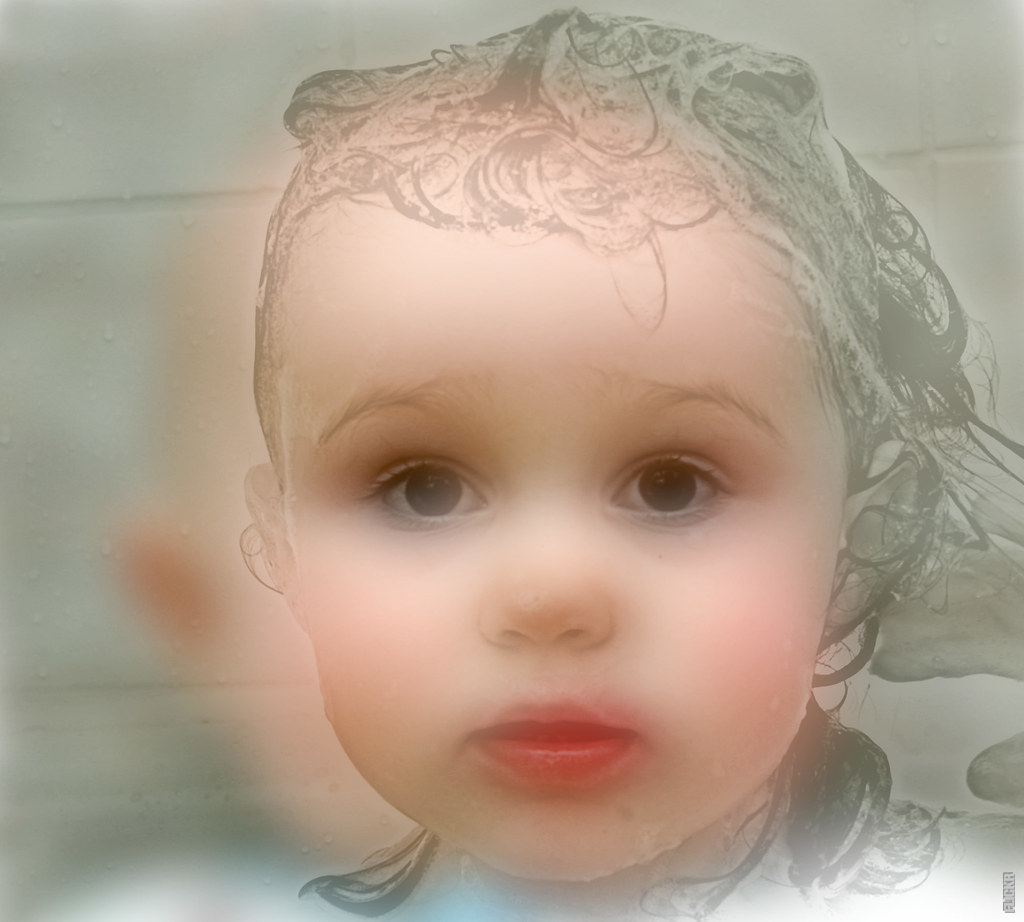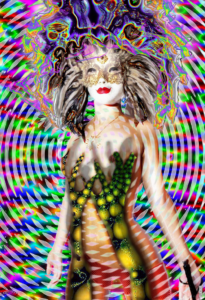Unveiling the Mysteries of Optical Illusions
Have you ever found yourself questioning the reality of what your eyes perceive? Optical illusions have a way of captivating our minds, challenging our understanding of the world around us. These mesmerizing phenomena play tricks on our visual perception, leaving us in awe and wonder.
The Science Behind Illusions
At their core, optical illusions are visual stimuli that deceive our brains. They exploit the brain’s tendency to make assumptions and fill in missing information based on past experiences. By manipulating various visual cues such as color, light, depth, and movement, optical illusions create a disconnect between what the eyes see and what the brain interprets.
The Illusion of Motion
One of the most intriguing types of optical illusions is the illusion of motion. Remember those images where stationary objects seem to be moving? This phenomenon, known as the motion aftereffect, occurs when our brains become adapted to a particular motion and continue to perceive it even when the motion stops.
Perception vs. Reality
Optical illusions challenge our perception of reality. They remind us that what we see is not always an accurate representation of the world. Our brains are incredible at interpreting visual information, but they are also susceptible to misinterpretation. Optical illusions exploit the vulnerabilities in our visual system, revealing the fascinating complexities of how we perceive the world.
Art and Illusion
Optical illusions have long been a source of inspiration for artists. From the famous works of M.C. Escher to contemporary street art, artists have used illusions to create mind-bending and thought-provoking pieces. By incorporating elements that challenge our perception, these artworks invite us to question our own reality and explore new ways of seeing.
Post
Post
The Illusion of Depth
Depth perception is another aspect often manipulated in optical illusions. Artists and designers use techniques such as shading, overlapping, and perspective to create the illusion of three-dimensional space on a two-dimensional surface. This manipulation tricks our brains into perceiving depth where there is none, blurring the line between reality and illusion.
Expanding Our Understanding
Studying optical illusions not only provides us with mind-boggling entertainment but also deepens our understanding of the human brain and perception. Scientists and psychologists continue to explore the mechanisms behind these captivating phenomena, unraveling the secrets of our visual system. Each new discovery brings us closer to comprehending the intricate relationship between our eyes and our minds.
Conclusion
Optical illusions are not merely tricks of the eye; they are windows into the complexities of human perception. As we delve into the world of optical illusions, we unlock a realm of mystery and fascination. These captivating phenomena remind us that reality is subjective, and our perceptions can be easily manipulated. So, the next time you encounter an optical illusion, let your mind wander and embrace the enigma that lies within.



